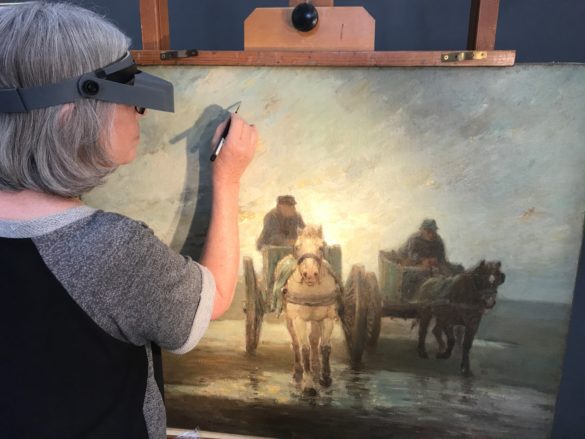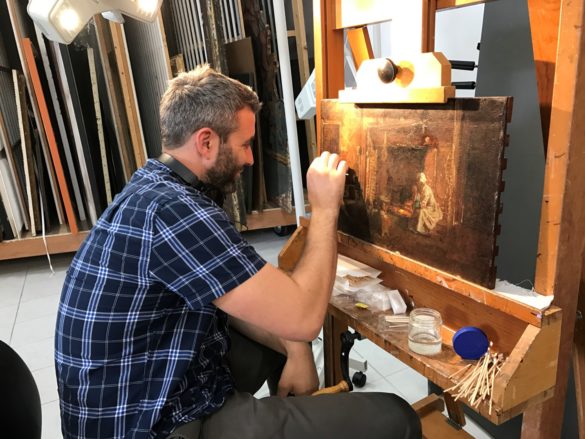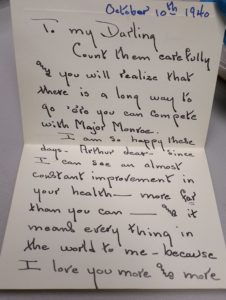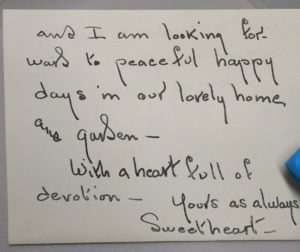In Sustaining Beauty: Reflections from the Memoirs of Ninah May Holden Cummer, The Cummer Museum’s founder comes to life in this one-woman play created in partnership with Jacksonville Beach theater Players By the Sea. With assistance from museum Curatorial staff, the piece is written and performed by Barbara Colaciello, who spent a year in our archives researching Ninah. Learn more about this generous, forward-thinking woman on April 5 at 7pm. Admission to the play is just $5.
There are also performances April 1 & 2, 2011 at 8:00pm at Player By the Sea.
Tickets $20.00 / $17.00 Students, Seniors & Military
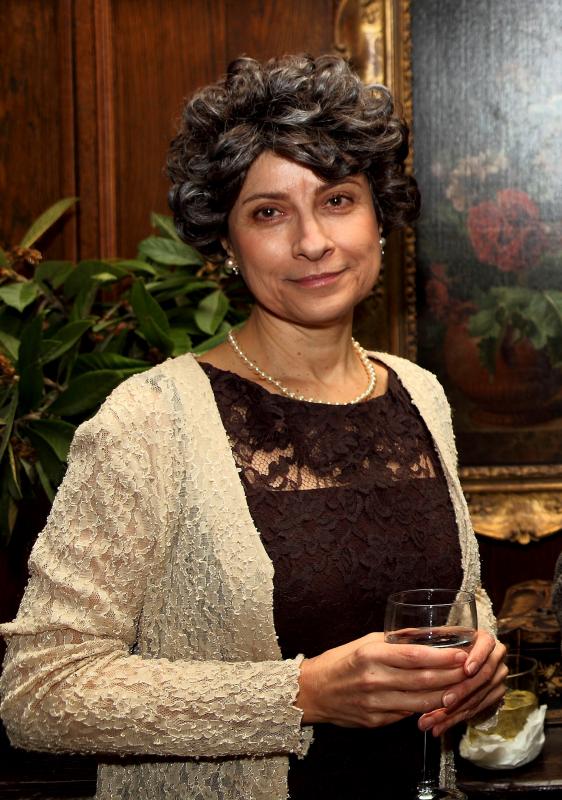 Kristen: Did you enjoy your experience learning about Mrs. Cummer’s life?
Kristen: Did you enjoy your experience learning about Mrs. Cummer’s life?
Barbara: Absolutely. I have always been fascinated by the events that occurred around the turn of the century. Ninah and Arthur Cummer came to live in Jacksonville in 1897. Being able to read through her personal journals was such a privilege and working with the Cummer staff was a huge help and fun.
Kristen: Of all the things you learned about her, what did you find most surprising? Most interesting?
Barbara: Ninah had a very poetic way of expressing herself. She also was extremely strong and resilient in public and these qualities are evident in her private life as well. But, I really prefer people come to the play to find out the most interesting things about her.
Kristen: What was your plan when you started this process, and has it turned out the way you intended?
Barbara: My plan was to look for things that spoke to me and to extract those facts and passages of dialogue. I very early on found the perfect metaphor for her life in her first botany talk to the Garden Club. Those 10 sentences had a huge impact on the theme of the play.
In the writing of the piece, I now see it more as an oral history and less like a traditional one person play. And until it is witnessed by an audience I won’t know if it turned out the way I intended. I do believe that I have been touched by Ninah and thus the audience will be touched as well.
Kristen: If Mrs. Cummer were alive today, how do you think she would feel about the way her legacy has been handled?
Barbara: I believe that she would be ecstatic with the growth of the museum and how it is one of Jacksonville’s most important cultural centers. As far as how she is represented in Sustaining Beauty I believe that she would understand how I weaved her words and feelings into a dramatic poetic piece with sensitivity and heart.
Kristen: How do you think she would feel about the way the city has grown and changed?
Barbara: She had a way of looking at the positive and she would be thrilled by Riverside’s energy, the support the community gives to the Cummer Museum, the amount of children who visit the museum, and love that we have our own football team.
She did not like SIGNAGE so that would not thrill her. And I know that she would be upset with what is happening with the arts in education. She talks about how other cultures have a respect for art and a reverence for trees.
I also believe that since Mrs. Cummer had a scientific mind and researched everything herself she would be a supporter of local farmers and concerned about the lack of testing that has been done on genetically modified food.
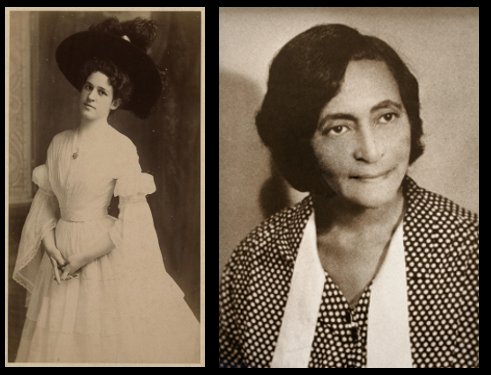 What does philanthropy look like? Ninah M. H. Cummer, the patron of The Cummer Museum of Art & Gardens, was a wealthy white woman with a passion for art, who sought to extend her love of beautiful surroundings from her private garden to the parks and public spaces of Jacksonville. Eartha M. M. White, a black woman of modest means, established — through sheer force of will — a wide range of social support agencies for the city’s homeless, poor, aged, and neglected.
What does philanthropy look like? Ninah M. H. Cummer, the patron of The Cummer Museum of Art & Gardens, was a wealthy white woman with a passion for art, who sought to extend her love of beautiful surroundings from her private garden to the parks and public spaces of Jacksonville. Eartha M. M. White, a black woman of modest means, established — through sheer force of will — a wide range of social support agencies for the city’s homeless, poor, aged, and neglected.



